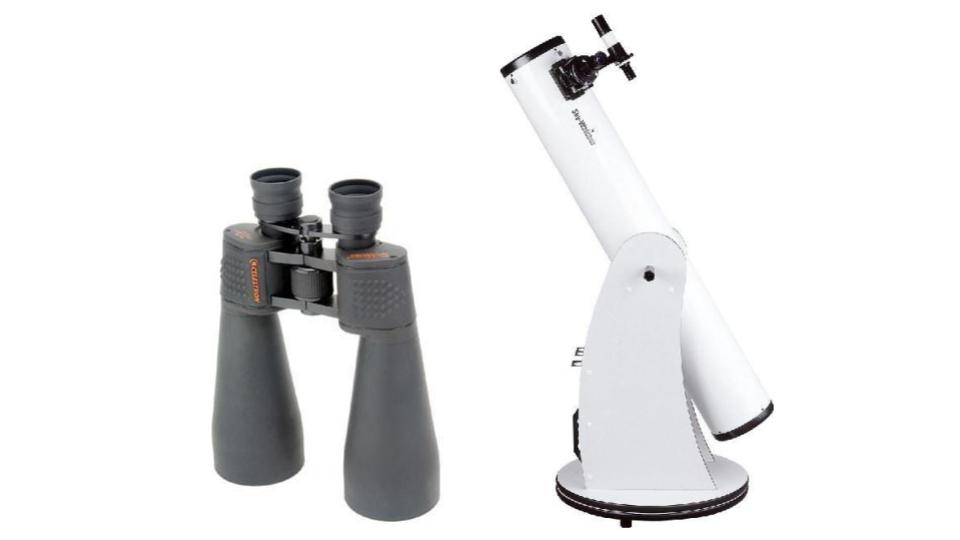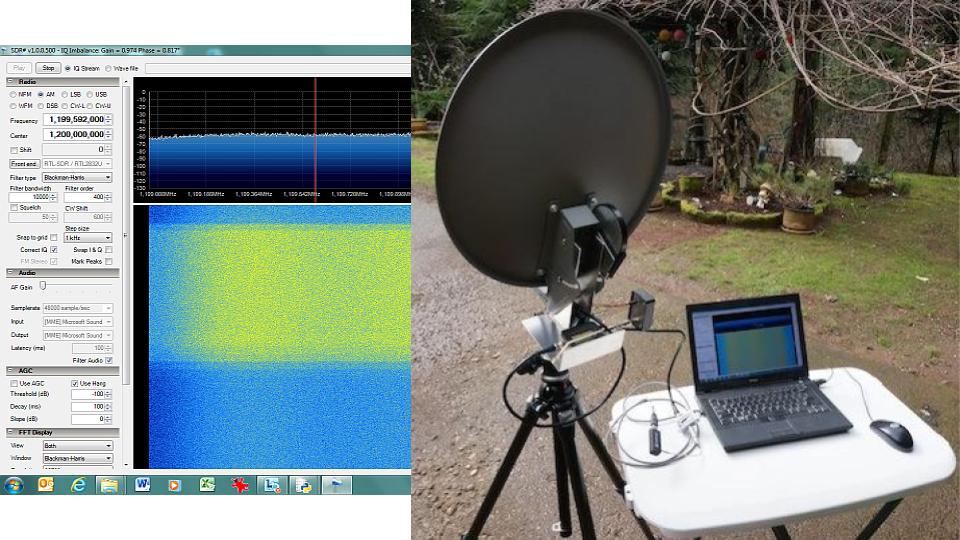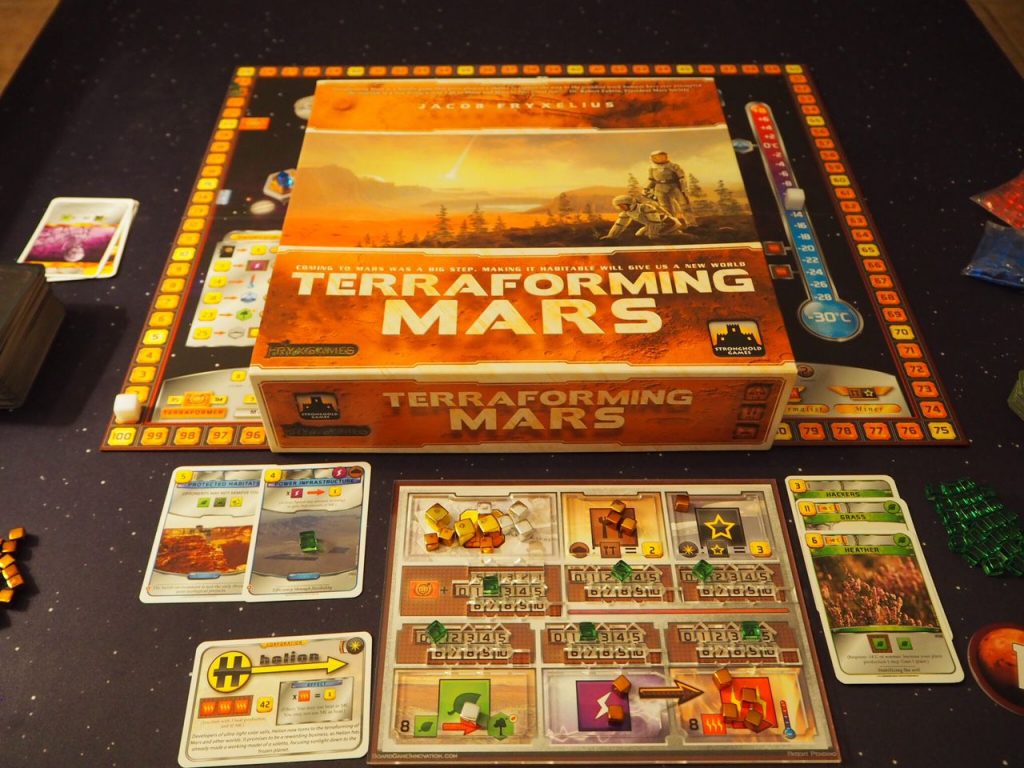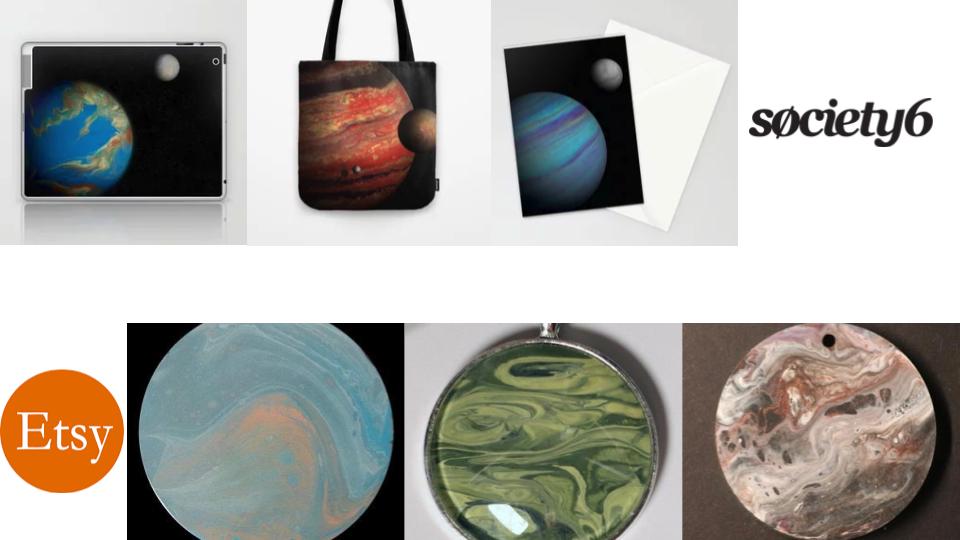Today is a news-free day. We’re not quite sure how that happens, but there just weren’t any big science results not under embargo that we can bring you. So… instead… we’re going to help you with your holiday shopping. It is that amazing time of the year when it seems like absolutely everything is on sale, and we all have some extra time on with work and school holidays. Why not take advantage of this and get yourself some space-related tech and games.

One of the most common questions we get around here is “What telescope should I get?” Our answer? Binoculars. Seriously, if you are working to learn the sky, binoculars are your best new friend. Pamela owns several sets from Orion and Celestron that have special “anti-reflective” coatings on them that help more like enter the binoculars, and hopefully your eyes. In general, you should get the largest pair you are comfortable carrying around and can hold steady. Pamela loves her 10×75 pair, which have a large enough field of view to make star-hopping easy, and provide a 15x magnification which is enough to bring Saturn’s ring and globular clusters into view. If you have binoculars and are ready to start star-hopping with a telescope, find yourself a Dobsonian that is as big as you can pick up. A scope with a 6” mirror should cost just under $300, and is big enough to catch bright nebula, and small enough that a large kid or average woman can carry it up and down the front stairs without difficulty. This kind of telescope isn’t suitable for astrophotography, but it will get you started in diving deep into the sky. If you want to do astrophotography, well, you’re looking at investing thousands of dollars, and we aren’t going to recommend any one setup. Instead, we encourage you to go to a star party with your local astronomy group, or get on the phone with the folks at Oceanside Photo and Telescope, and see what will work best with the operating system on your computer, and your specific size and location constraints.

While a lot of astronomy is focused on catching light from the sky that you can see with your eyes, you can also do simple radio astronomy from home. Need a good Christmas project to do with a kid? See if you can get your hands on an old Direct TV dish (see http://www.stargazing.net/david/radio/itty_bitty_radio_telescope.html) and a camera tripod. This and a few parts from an electronics shop are enough to get you observing Jupiter, the Sun and other objects in radio light. This is a project for folks comfortable working with electricity, and it may make you wish Radio Shack still existed in every strip mall, but when you are done you’ll have an astronomical instrument you built for yourself.
To take advantage of these telescopes, you’ll need software to help you find all the cool things in the sky. For quick observing-run planning, the free software Stellarium will do everything you need. Then there are a lot of more expensive options for folks looking to control their telescope and process data, and our favorite is TheSky by Software Bisque, which has versions for both Mac and Windows.
Now, sometimes you just want to kick back and have fun on a cloudy night, and for those nights there are a lot of space-focused games just waiting to be played.

The main one we’re learning at my house now is Terraforming Mars. Here’s the description: In the 2400s, mankind begins to terraform the planet Mars. Giant corporations, sponsored by the World Government on Earth, initiate huge projects to raise the temperature, the oxygen level, and the ocean coverage until the environment is habitable. In Terraforming Mars, you play one of those corporations and work together in the terraforming process, but compete for getting victory points that are awarded not only for your contribution to the terraforming, but also for advancing human infrastructure throughout the solar system, and doing other commendable things. I’ll link to a great gaming tutorial video in the blog post, but I find lots of good info on BoardGameGeek.com, there is a great tutorial video on Geek & Sundry.

If you just want to put some space on your body, the best place to go for recommendations is not here. Instead, you want to check out the STARtorialist blog. Summer and Emily have been curating the best space-themed fashion for years, and their blog links out to the best clothes and accessories the internet has to offer for space geeks like us.

And we’d be remiss if we didn’t add that you can get CosmoQuest-related clothing on RedBubble.com/shop/CosmoQuest, and Pamela has her art up on 739studios.com and society6.com/starstryder.

This episode has been a one-off. We’d much rather be bringing you news because honestly, we want to buy everything we’re sharing with you today and that temptation is hard to resist. We’ll be making it a spacey holiday, and hope you’ll be doing the same.
—————-
And that rounds out our show for today.
Thank you all for listening. The Daily Space is produced by Susie Murph, and is a product of the Planetary Science Institute, a 501(c)3 non profit dedicated to exploring our Solar System and beyond. We are here thanks to the generous contributions of people like you. Want to become a supporter of the show? Check us out at Patreon.com/cosmoquestx
Each live episode of the Daily Space is archived on YouTube. If you miss an episode on Twitch.tv, you can find it later on youtube.com/c/cosmoquest. These episodes are edited and produced by Susie Murph.
We are here thanks to the generous contributions of people like you who allow us to pay our staff a living wage. Every bit, every sub, and every dollar committed on Patreon.com/cosmoquestx really helps. If you can’t give financially, we really do understand, and there are other ways you can help our programs. Right now, the best way you can help is to get the word out. Let you friends know, share our channel to your social media, or leave a recommendation. You never know what doors you are opening.
We really wouldn’t be here without you – thank you for all that you do.


 We record most shows live, on Twitch. Follow us today to get alerts when we go live.
We record most shows live, on Twitch. Follow us today to get alerts when we go live.